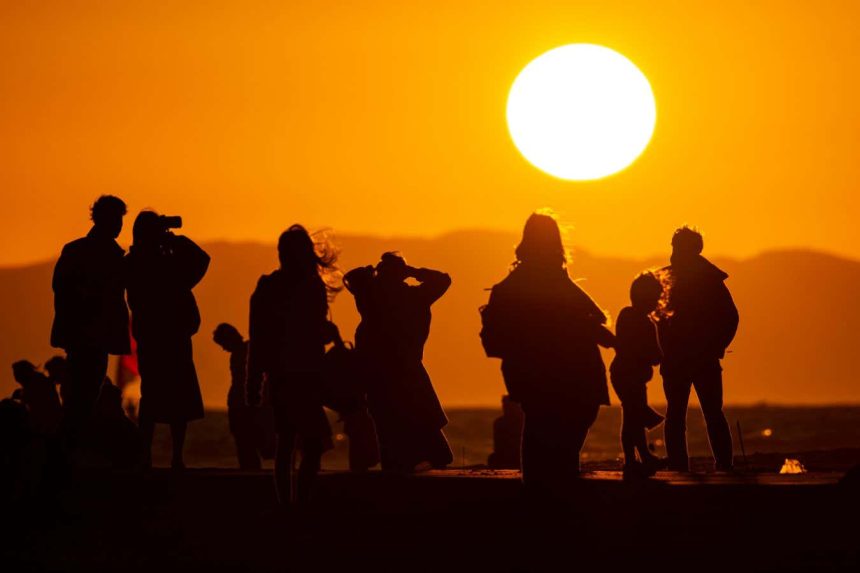The Challenge of Limiting Global Warming: A Closer Look at Current Realities
Introduction: The 1.5°C Target Under Threat
The ambitious climate objective of restraining global temperature rise to within 1.5°C above pre-industrial levels appears increasingly unattainable. Experts now argue that a more realistic scenario involves a potential increase of approximately 1.6°C instead.
Understanding the Implications of Temperature Rise
As current assessments reveal, surpassing the 1.5°C threshold could unleash irreversible impacts on ecosystems and human livelihoods across the globe. This potential change not only threatens biodiversity but also exacerbates extreme weather events, making regions around the world more vulnerable to storms, droughts, and floods.
Current Statistics and Insights
Recent data highlights that recent temperature increases have already approached alarming levels; for instance, data from various climate monitoring agencies indicate that global temperatures have surged by about 1.2°C since industrialization began in the late 18th century. With greenhouse gas emissions continuing to rise unabated, this situation casts doubt on achieving any significant mitigation without urgent action.
Factors Contributing to Warming Trends
Several key factors drive temperatures higher:
- Continued Fossil Fuel Usage: Reliance on coal, oil, and natural gas remains prevalent in numerous industries and transportation sectors globally.
- Deforestation: The removal of forests limits carbon dioxide absorption capabilities while contributing further emissions.
- Agricultural Practices: Intensive farming methods contribute significantly to greenhouse gases through methane release from livestock and nitrous oxide from fertilizers.
Shifting Perspectives
Given these challenges, some scientists advocate for re-evaluating our approach towards climate goals. Discussions are now focusing on adaptation strategies alongside mitigation efforts—a dual approach designed to enhance resilience against inevitable changes while still striving for reductions in harmful emissions where possible.
Conclusion: A Call for Global Action
In light of emerging research indicating we may be heading towards an average warming scenario closer to 1.6°C or beyond without decisive action — national governments must collaborate internationally more effectively than ever before if society is to avert catastrophic outcomes linked with climate change.The collective efforts toward sustainable practices will be crucial not only in attempting to meet these revised targets but also in nurturing ecological reserves essential for future generations’ survivability on Earth.
For further insights into how we can address this pressing issue together as a global community, comprehensive reports are available online detailing current trends and proposed solutions aimed at mitigating climate impact effectively.






